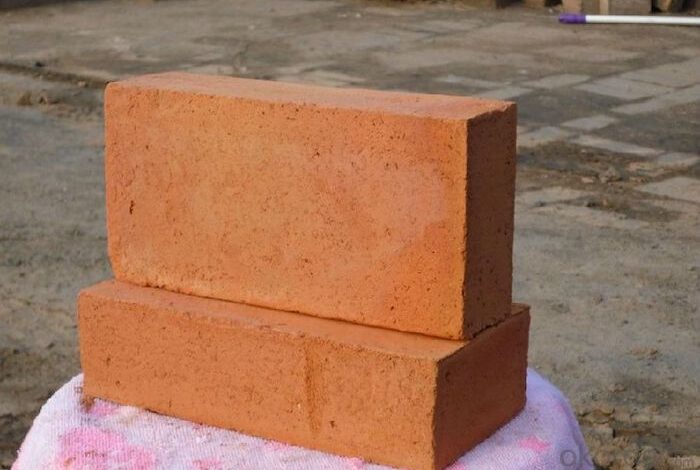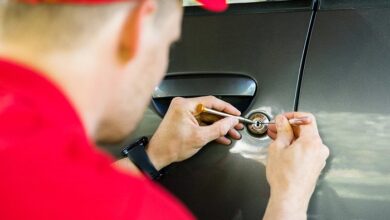Fireclay bricks for stoves and fireplaces

Fireclay bricks are refractory bricks that are used in areas with high temperatures or the presence of fire. The most common use of fireclay bricks is for arranging the working area of stoves and fireplaces.
Sometimes high-temperature clinker bricks are used for the same purposes, since it also has similar characteristics, it is baked at a temperature of 1000 degrees during manufacture, which allows it to withstand high temperatures inside the fireplace or stove. However, most often the fireplace is covered with clinker bricks from the outside, based on decorative considerations. In addition, fireclay bricks are cheaper than high-temperature clinker bricks, and therefore it is more profitable to cover the invisible part of the fireplace with them. Withstands brick ShL – 0.4 to 1150 degrees.
Fireclay bricks are made with the addition of special clay that can withstand high temperatures. Such clay is fired to a constant mass, as a result of which, during the operation of fireclay bricks, it practically does not shrink. If this rule is not followed, then the brick will crack badly at high temperatures. Sometimes fired clay is replaced by small particles of quartz, coke or graphite, which determines the varieties of fireclay bricks, which differ in their operating temperatures and preferred types of fuel used.
The structure of fireclay bricks is granular, as it is produced by semi-dry molding. Upon impact, fireclay bricks have a ringing sound. Its laying is carried out with maintaining a small thickness of the seam, and the higher the temperature at the place where the brick is installed, the thinner the seam should be. This brick is also used for lining chimneys. The range of fireclay bricks is now quite large and is represented by both domestic and foreign manufacturers. The popularity and demand for its use remains stable and even grows due to the increased interest of buyers in the arrangement of stoves and fireplaces in private homes and summer cottages.



